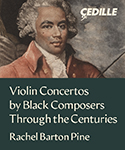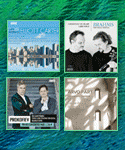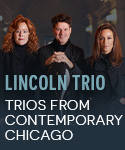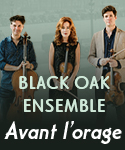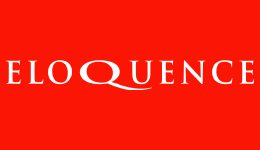In a way, it’s a pity that tenor/conductor José Cura has had this disc packaged so much like a vanity production: multiple pictures of himself, no notes, a fold-out “poster” of him conducting (he even gets credit as graphic designer of the booklet). Let’s not kid ourselves: visual elements matter, and shoppers will see this disc before they hear it. But ultimately it’s the listening that matters, and this is a superb Rachmaninov Second Symphony–in fact, it’s one of the better versions available.
In no small measure, this must be due to the excellence of the Sinfonia Varsovia, and in particular to its first rate strings. Richly resonant yet always transparent, rhythmically spot on (listen to them attack the scherzo or the opening of the finale), they make a powerful impression from the very first note. The woodwind players also fare well, timpani and percussion don’t miss a trick (terrific glockenspiel), and although horns and trumpets play with a bit more brightness and boldness than trombones and tuba, it would be foolhardy to insist that the climaxes lack fullness or power on this account. Roomy but finely balanced sonics also keep Rachmaninov’s well-upholstered musical textures uncommonly clear and transparent.
Now none of this would matter if Cura didn’t know exactly what to do with the music, and he leads an expertly shaped, urgently vital performance, as true to the spirit of the music as to the letter of the score. Listen, for example, to the sure way in which he builds the introduction, and to the feeling of a true allegro with which he imbues the first movement (with exposition repeat). His decision to take the second subject in tempo and then relax and slow down only at the cadence theme proves far more emotionally clinching than many a more indulgent treatment (and it also makes the repeat sound inevitable rather than redundant). When the big climax arrives, with crashing cymbals and bass drum, he conveys the feeling of pent-up energy being unleashed without needing to make a massive ritard that checks the music’s momentum.
It would be a mistake, though, to claim that Cura’s performance belongs entirely to the “classical” school of limited tempo variation. In the scherzo, for example, he maximizes the contrast between the quick principal theme and its lyrical episode, which here sounds truly luscious. The central fugato benefits from extraordinary clarity at a moderate basic speed, and its march episode has a wonderful, other-worldly feel thanks to sensitive quiet brass playing. A swift basic tempo for the famous adagio does the movement nothing but good. Note the well-judged ritard at the beginning that relaxes back into tempo primo for the ensuing clarinet solo–evidence that Cura knows what he’s doing and how to get his musicians to do it.
The finale whizzes by in a flurry of high spirits, again with minimal slowing down for the second subject. At the return of the motto theme at the very end, interpreters basically have two options: slam on the brakes (Svetlanov), or plow on ahead, as Cura does here. It’s a decision entirely in keeping with his “excitement first” approach, one that never shortchanges the music’s Romantic (even decadent) elements, but that also keeps the work moving forward and unfailingly sustains the listener’s interest. And that’s no mean achievement. If you love this symphony, you will certainly have to hear this surprising performance from a very unexpected source.
























